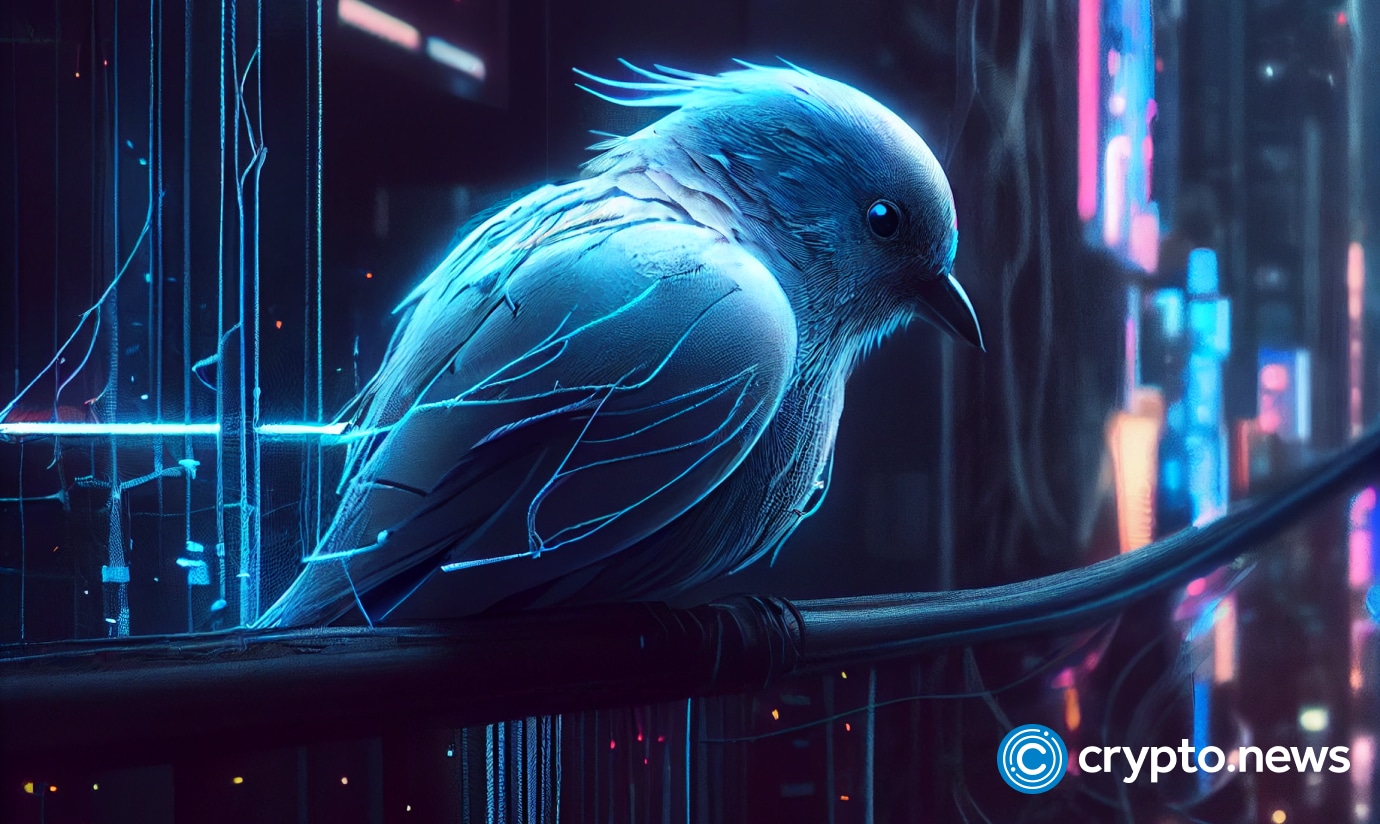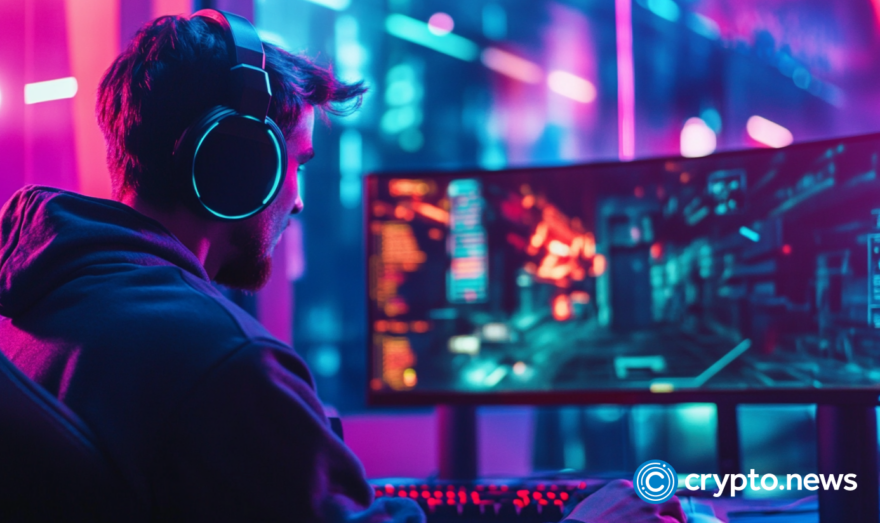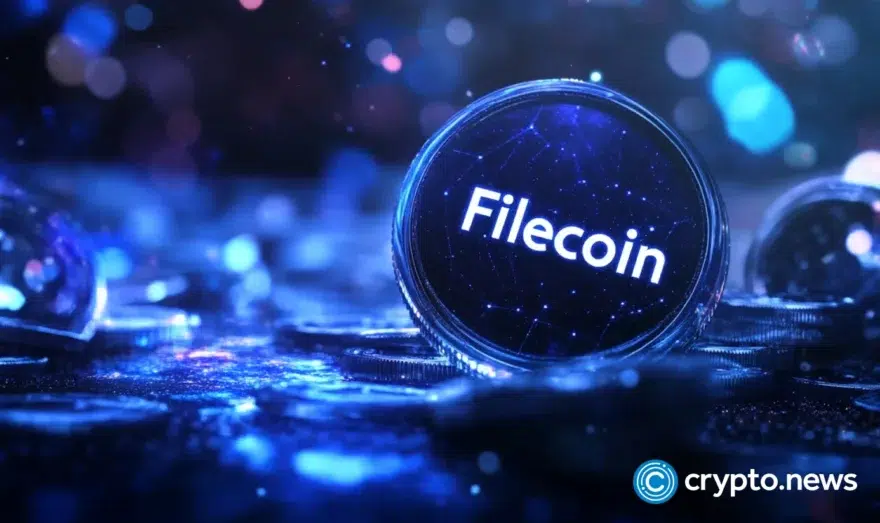Dogecoin fan, Elon Musk, is buying thousands of GPUs for Twitter AI project

Elon Musk, the billionaire technology investor and a dogecoin supporter, is buying thousands of graphics processing units (GPUs), according to people close to Twitter, a social media platform.
Twitter CEO keen on launching an AI project
A report on April 11 shows that Musk, the eccentric and vocal owner of Twitter, is reportedly pursuing his artificial intelligence (AI) project that he first revealed in March 2023.
Then the billionaire posted that the social media platform will deploy AI so that they can effectively “detect & highlight manipulation of public opinion”.
The AI project, the anonymous sources further revealed, is still in its infancy, being developed, and will work on a large language model (LLM). Typically, LLM models are trained on large data sets. Once ready, this AI system is expected to create sophisticated content and text without assistance.
Twitter halted OpenAI and ChatGPT, a generative AI, from accessing Twitter’s data in December 2022.
In line with his vision, Musk is now said to have purchased 10,000 GPUs. For now, the type and capacity of each GPU have not been made public. Besides, whether these chipsets are specifically tuned for neural networks, and AI is yet to be known.
However, what’s publicly known is that GPUs are required to power AI networks that often demand heavy computational resources to be effective.
When connected, GPUs can drastically accelerate the computational processes needed for deep learning since they can perform multiple, simultaneous computations, increasing the pace at which data can be crunched. They are increasingly emerging as critical infrastructure in modern AI systems.
Twitter wants to leverage them at scale to tackle manipulation and address chronic bot problems.
Tackling bots
Before acquiring the social media network in 2022, he said one of his key objectives was to get rid of spam bots. In fact, Musk initially pulled out of the Twitter deal, saying the team had failed to address bots, which was bloating the number of active users.
A study found out the number of active bots on Twitter varied between 1% and 14% “depending on the topic being discussed”. This can significantly shape opinion, even artificially distorting discussions.













